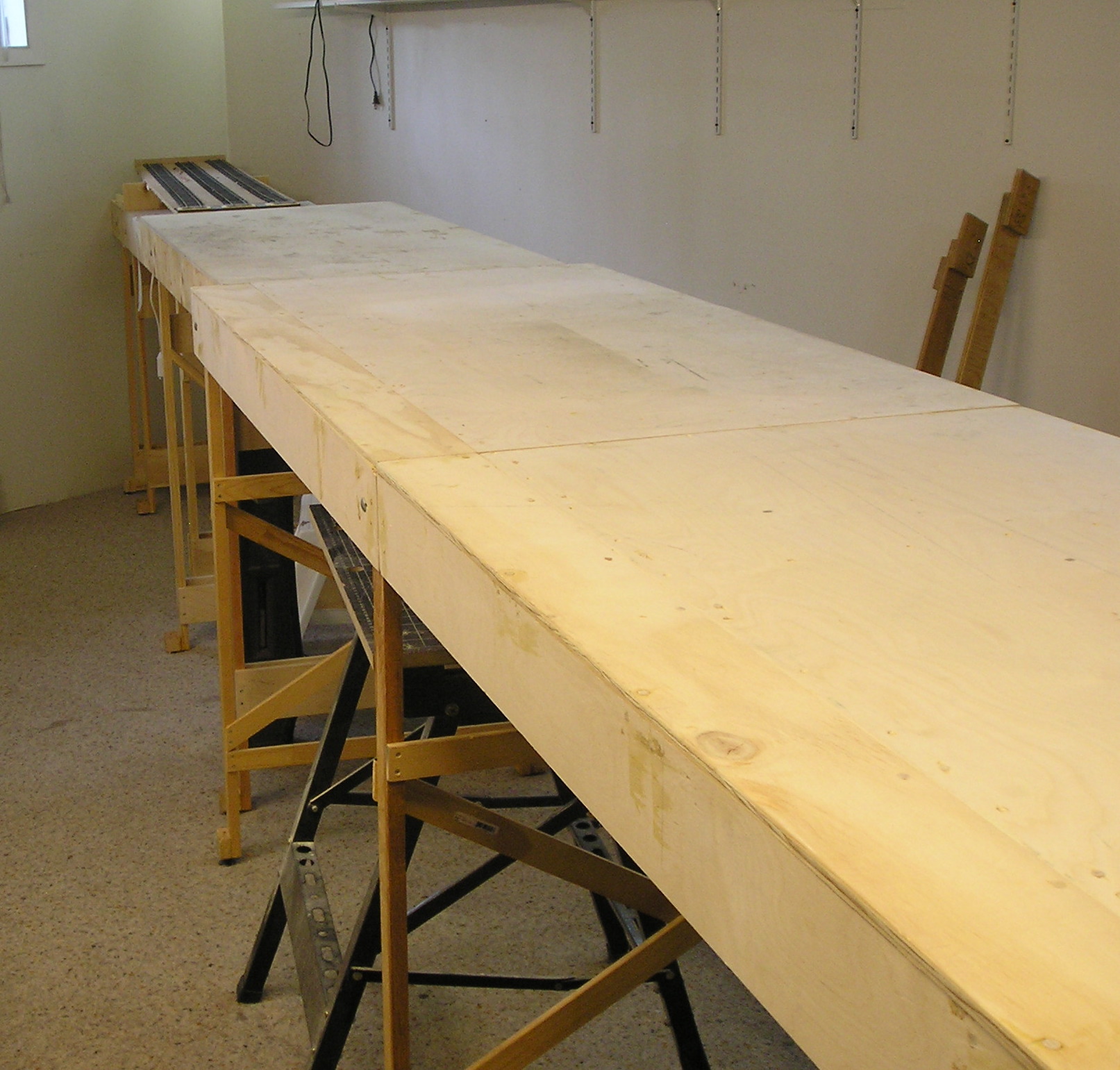Level Board All Round
Posted
#288147
(In Topic #21690)
Full Member
Not sure
Hi and Thank you for allowing me too join.I have had over a number of years a OO Gauge DCC layout on 12mm thick Oriented Strand Board.
Having got tired off my original design I am now removing it all and doing a revised layout. It will still be 1940 GWR conceipt. DCC Engines.
My issue is and seek advice or past topics.
I have looked at the current level of the base board which is sound but there are areas that are not level as I would like. Such depressions in the level.
These drops are say 2mm or 3mm But in the old design caused issues on laying the lines and train derailment.
The thought of plywood strips unde the offending areas or whot people may suggest. Bearing in mind that there will be about 5 track lines running around this same drop in the board.
Posted
Site staff

I'm no expert on base boards, but I would say if there warped in some way you probably need to replace them.
There are others on here far more knowledgeable than me on this subject, so I suggest you wait for some more replies.
Ed
Posted
Site staff


Regards
Alan
Born beside the mighty GWR.
Alan
Born beside the mighty GWR.
Posted
Full Member
Plywood is the way IMO and I have built boards that are sturdy and warp free.
My approach is to use ply all round. Since my layout is modular, I opted for 12mm (~1/2") Russian ply for the ends. This stuff uses thin veneers and is quite dense and stable. For the sides (4" deep) I used crap both sides ply. This is relatively light and only has to join the two ends. For the tops I use 3/16" very good one side for weight reasons since 1/2" ply is quite heavy. On the other hand 1/4" is too flimsy IMO.
The lumber place that I used will cut sheets of ply to your specification.
Here's an example:

I am an old codger and prefer traditional methods of model railway building. There are higher tech options such as laser cut kits but I will refrain from discussing these as I know virtually nothing about them.
More details here:
Johns 7mm Layout - Your Model Railway
John
John
Posted
Full Member
Welcome to the club.
Sadly, you'll never get the warp out of an OSB board - it's funny stuff. Very strong and appears to be incredibly stable but, being made from what are in fact, wood shavings, it will, as you've discovered, move over time. All timber structures will (including ply) unless it's extremely well supported.
Have you considered "open top" baseboards ? A low level timber framework with the ply track beds supported on risers. The huge advantage of this system is that you can model both above and below track level - railways ran on embankments and over bridges as well as through cuttings.
Softwood framing - something like 50mm x 25mm and 12 or 15mm risers the width of the tracks they carry.
'Petermac
Posted
Full Member
Ps: For Peter. Good to see you back. Have you heard anything form John Dew?
Cheers Pete.
1 guest and 0 members have just viewed this.

